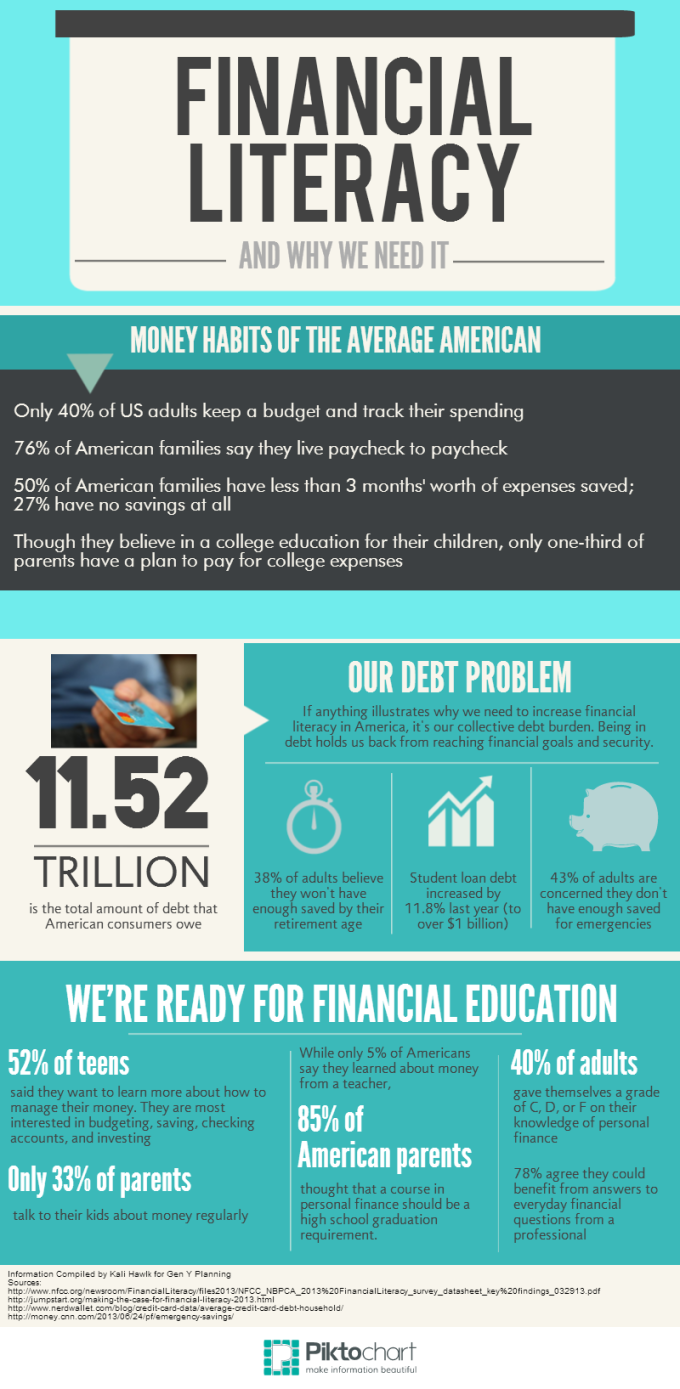Recently I wrote about three of the six major trends today that will shape the future of PFM solutions. I discuss the final three trends below.
- Commerce rails development
I define “commerce rails” as the means to transfer monetary value from on entity to another – it could be person-to-person (P-2-P), a person paying a business, or a business paying another business (B-2-B). Historically there were three types of commerce rails, the card associations such as Visa, MasterCard, American Express and Discover, the Automated Clearing House (ACH), and wire transfers facilitated by the Federal Reserve Bank (FedWire). The ACH rails are how checks clear and how bill pay on your online banking site transfers funds.
These commerce rails are today facing three constraints; first, the time it takes to settle a transaction can range from hours to days. It takes 2-3 business days to settle an ACH transaction (again, think about the two days it takes for the money to be received by your utility when you pay via the bill pay function in your bank’s online banking site.) Credit card transactions, while generally quicker, many times settle a day or two after the transaction. Checking your credit card statement transactions’ transaction and posting dates should confirm this.
The second constraint facing these rails is the security of identity and transaction information. Data breaches have affected most players in the payments ecosystem and the point here is not to point fingers, but to note that security is a concern for consumers and everyone in the payment chain who is entrusted with this information.
The third constraint is cost. Different transaction types cost different amounts, and these amounts are generally charged to the payee. For most transactions it is the merchant who bears the cost of the transaction. A typical $100 sale to a consumer who pays by credit card will yield the merchant roughly $97 in cash, the remainder split among the intermediaries who settle the transaction and post the information to the account.
New payment rails have emerged with their mission being to overcome one or more of these constraints. Person-to-person (P-2-P) ecosystems such as Dwolla have as their mission to reduce transaction costs to $0, and they have succeeded. ClearXchange, a payments network owned by a consortium of the nation’s largest banks is rolling out same-day settlement of transactions between any customers of the participating banks. And then there’s blockchain…
A topic for another day, the blockchain is a fully verifiable, transparent record of transactions and exchange of ownership. Financial services institutions worldwide are exploring the possibilities of the technology and I believe this will involve the transfer of financial value.
- Authentication and Security
The goal of authentication and security when it comes to payments is to keep your identity sacred and your transaction information secure. Historically, authentication has been achieved through in-person verification with the help of government-issued forms of ID such as driver’s licenses or passports. Other familiar authentication methods are passwords and PINs, fingerprints, and soft tokens. Recently launched authentication methods include device signing, transaction verification through messaging, and device authentication. Emerging methods include palm, facial and retina biometrics, voice recognition, geolocation and pressure sensitivity signatures through your keyboard.
The future of authentication will be the emergence of platforms that allow you, the user to choose any combination of authentication methods in the order you choose, changeable at any time.
Transaction security is being addressed today through recent rollout of payment account controls being placed in the account holder’s hands, through which they can report the card lost or stolen, turn the card on and off, and notify the bank of any travel plans. The future of transactions will be single-use tokens that will be assigned to each transaction through the payment system so if a fraudster gets hold of the information it will only affect the one transaction, not the account or the account holder.
- Mobility
The payment solutions of the future will continue migrate to any device the consumer desires – from smart phones and tablets to automobiles and clothing.
According to Gartner, IoT devices will encompass more than 6.4 billion connected objects in use by 2016, a 30% rise from this year. In turn, that number is expected to further explode by 2020, where the IoT market will include 20.8 billion things. A report released in 2014 by IDC projected that the worldwide IoT market would grow to $1.7 trillion in 2020 with a compound annual growth rate (CAGR) of 16.9%, led by devices, connectivity, and IT services.
Payments will evolve to where humans are proactively initiating only a portion of their payment transactions, the remainder being initiated by their home, household appliances, and personal assistants such as Amazon’s Echo.
I invite you to think about how you manage your personal finances today and think about these three questions:
- Can you extend trust toward a PFM solution like this?
- Are you comfortable with a PFM solution knowing more about you than you may consciously know about yourself?
- Are you confident that if you extend trust to this solution and are comfortable with the information it holds about you, this solution can help you to achieve your personal financial goals?
I invite you to leave a comment with your thoughts.
 We owe it to ourselves to become educated on financial matters because we are our financial advisor. From monthly budgeting and bill paying to retirement planning, we are our own best advocate to ensure our financial well-being both today and in the future. It’s not that Americans don’t want to become starter about money. Most adults wish they had financial coursework. Only 5 percent say they were taught about money by a teacher, and 40 percent say they would give themselves C’s, D’s and F’s on their grasp of personal finance concepts. A full 85 percent of American parents believe that financial education courses should be a requirement for high school graduation. And 52 percent of teenagers want to learn more about money, and they’re most interested in budgeting, saving and investing.
We owe it to ourselves to become educated on financial matters because we are our financial advisor. From monthly budgeting and bill paying to retirement planning, we are our own best advocate to ensure our financial well-being both today and in the future. It’s not that Americans don’t want to become starter about money. Most adults wish they had financial coursework. Only 5 percent say they were taught about money by a teacher, and 40 percent say they would give themselves C’s, D’s and F’s on their grasp of personal finance concepts. A full 85 percent of American parents believe that financial education courses should be a requirement for high school graduation. And 52 percent of teenagers want to learn more about money, and they’re most interested in budgeting, saving and investing.
